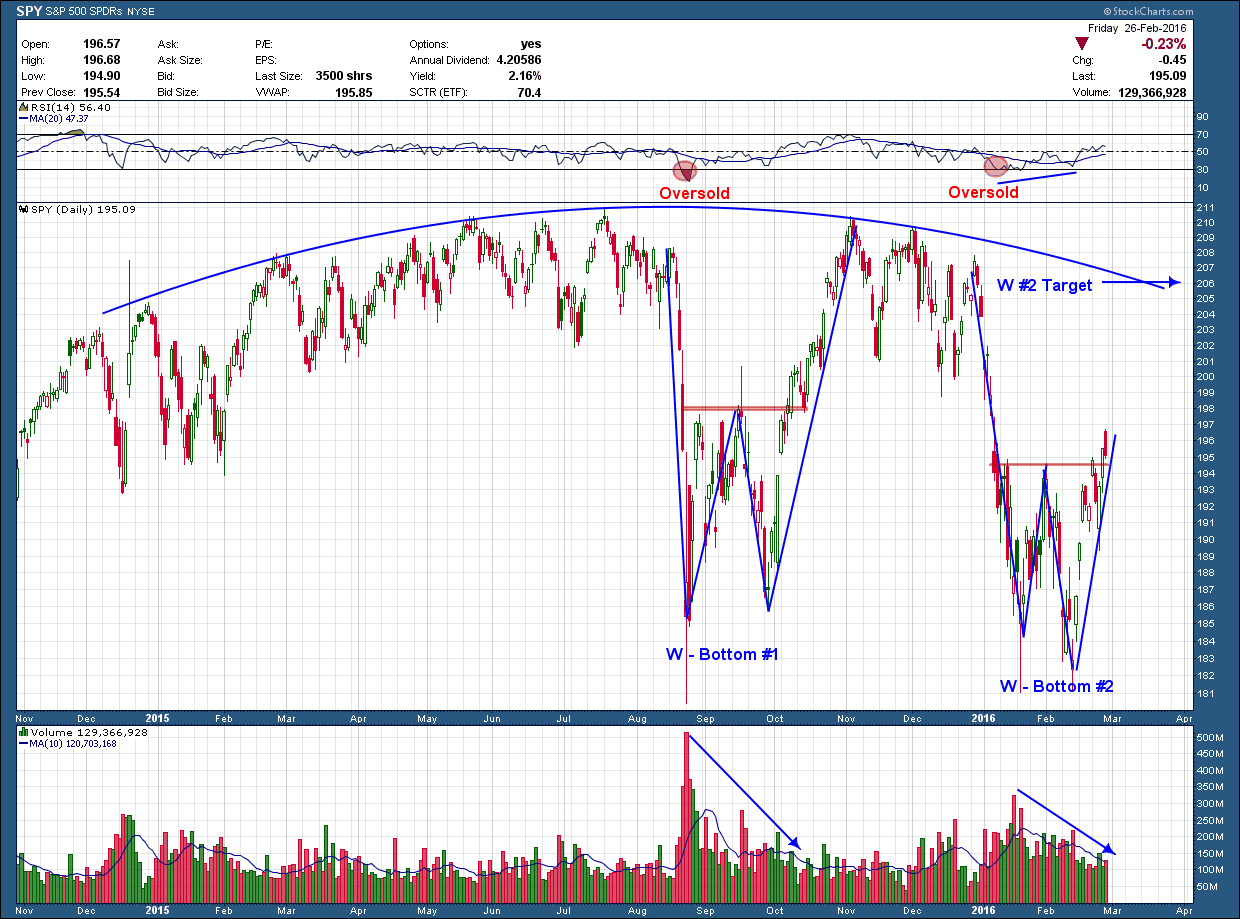I’ve written about them in the past and will likely continue to do so in the future because the old adage of “from false breaks comes big moves” is one of the most profitable investment patterns. An excellent example was detailed in my Feb 15th post where GDX, the mining stock ETF, exhibited a failed breakdown. From that point It has since risen more than 60% in just over a month’s time. Another example of a failure (except this one to the upside) is in the chart of LGI Homes, LGIH, below. You can see price broke out to all-time highs on huge volume on December 1st. While you didn’t know it at the time, the huge volume on that day was a sign of exhaustion selling and helped confirm the reversal. Within two days of that breakout high, sellers stepped in and flooded the market dumping their shares. An investor who recognized the pattern and shorted the shares on the breakdown made a cool 40%+ in just a couple of months. Notice how, at the low last month, price formed positive divergence which warned of an impending reversal and gave those short prescient notification it was time to lock in profits.
While the failed breakout selloff is likely done, the LGIH story may not yet be over. The positive divergent formed with February’s low combined with one higher high and one higher low has formed a bullish inverse head and shoulders pattern. This patterns target, if confirmed is $29.9 a bit more than 20%+ to the upside.The Dec-Mar sideways action has formed a nice base from which the stock can make its next move. With price just below a rising 200 day moving average and RSI momentum is in the bullish zone and rising, it looks like that move could be higher. For me to be a believer though, I need to see price break above the red horizontal resistance level on high volume and stay above for 3 days. With the markets overextended to the upside in the short-intermediate time frame, buying any stock here, even one as well setup as LGIH, is additional risk investors need to consider.






